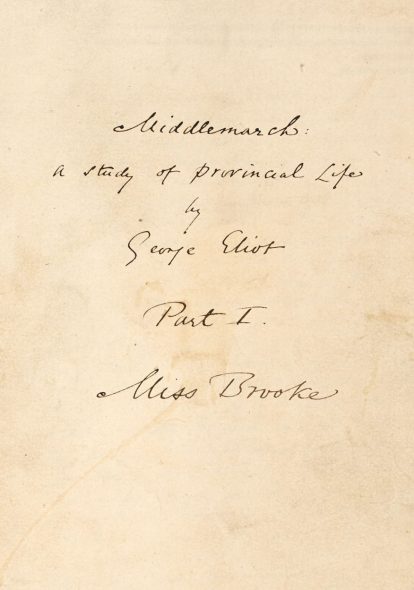In this blog post, for CLiC Fiction I explore how corpus linguistic tools can be used to illuminate the semantic texture of George Eliot’s writing.
I make use of the CLiC Web App (Mahlberg et al. 2020). From the outset, George Eliot frames Middlemarch: A Study of Provincial Life (1871) as a pseudo-scientific sample of the complex human dynamics that can be found in a provincial town. Using the metaphor of an optical microscope, the narrator vows to concentrate ‘all the light [they] can command’ on ‘unravelling certain human lots and seeing how they [are] woven and interwoven’ (102).
Even with a microscope directed on a water-drop we find ourselves making interpretations which turn out to be rather coarse; for whereas under a weak lens you may seem to see a creature exhibiting an active voracity […] a stronger lens reveals to you certain tiniest hairlets which make vortices for these victims while the swallower waits passively at his receipt of custom.
A ‘strong lens applied to Mrs Cadwallader’s match-making’, Eliot suggests, will show a parallel ‘play of minute causes’ (41). This metaphorical microscope reappears throughout the narrative. Ineffectual intellectual Edward Casaubon — who ‘dreams in footnotes’ — is so single-minded that Mrs Cadwallader suspects a drop of his blood under a slide, would reveal ‘all semicolons and parentheses’ (49). Ego, Eliot infers, can act as a ‘tiny speck very close to our vision’ that ‘blot[s] out the glory of the world and leave[s] only a margin by which we see the blot’, for there is ‘no speck so troublesome as self’ (589).
Read more over at the CLiC Fiction Blog…
